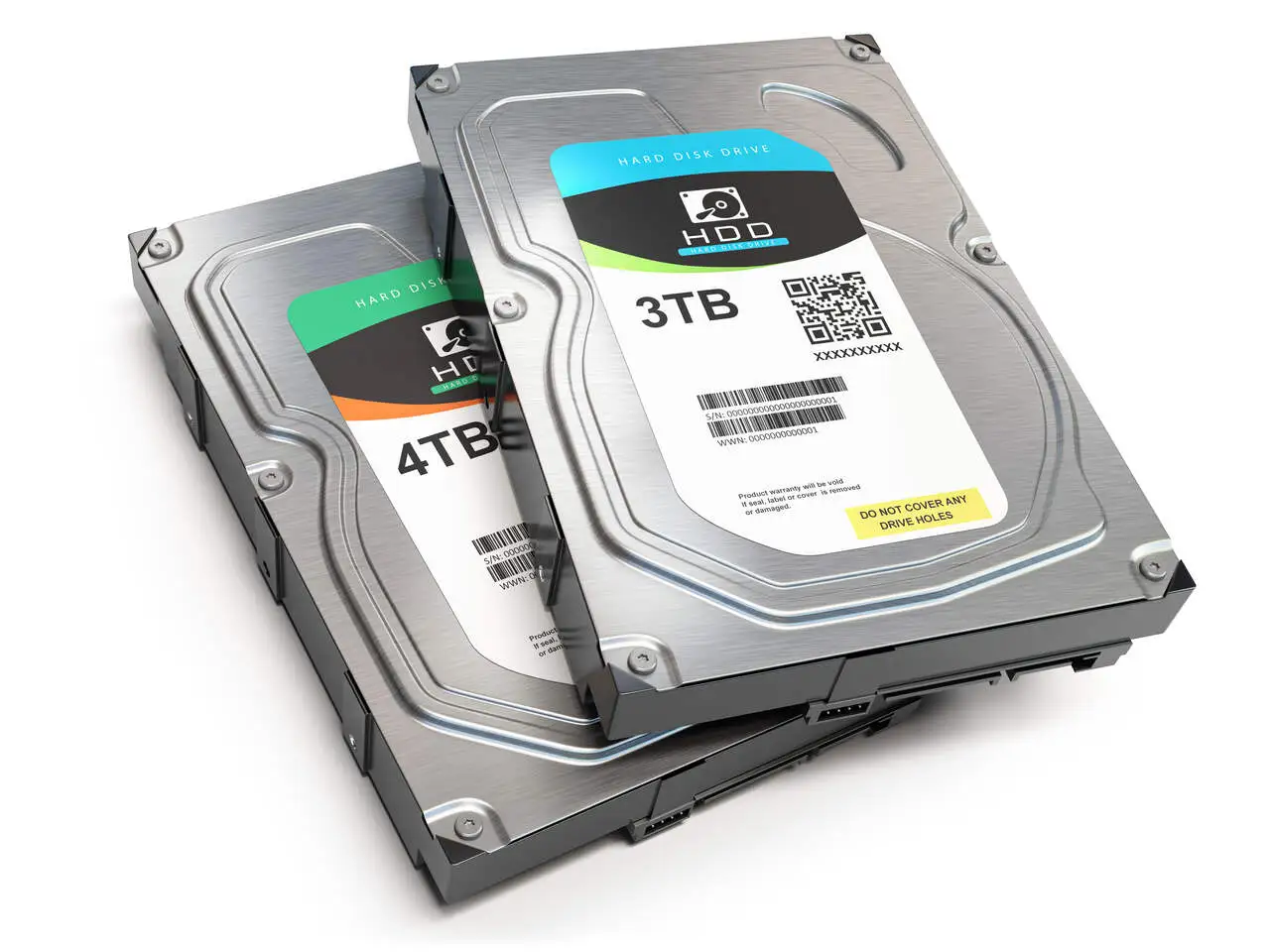The incessant search for better performance and efficiency in data storage has led to the development of various technologies, among which the RAID 0 System stands out. This article offers a complete overview of RAID 0, breaking down its main aspects, from its operation and advantages to the critical considerations for its implementation.
RAID 0, also known as disk striping, is a storage method that divides and distributes data evenly between two or more disks without data redundancy. This scheme seeks to increase performance by taking advantage of the combined speed of the disks in the array.
The main purpose of RAID 0 is to maximize read and write speeds, making it ideal for applications that demand high data transfer rates, such as video editing and high-performance games.
How RAID 0 works
RAID 0, also known as striping, is a storage configuration that divides data evenly between two or more disks without data redundancy. This increases performance by allowing the disks to read and write data simultaneously, but does not offer protection against disk failures. Here’s how RAID 0 works:

Striping
- Data division: RAID 0 divides data into smaller blocks and distributes them among the disks in the array. This is known as “striping”. For example, if you have two disks in a RAID 0 and a file to be saved, half of the file’s data would be written to the first disk and the other half to the second disk.
- Block size: The block size can vary, but is usually configured when the RAID is created. A common block size might be 64 KB, which means that each “stripe” of data on a disk has 64 KB before moving to the next disk in the array.
Performance
- Faster reading and writing: As the data is distributed across several disks, the disks can work in parallel, significantly increasing the speed of reading and writing compared to a single disk. This is particularly useful in applications that require high storage performance, such as video editing or large databases.
- Total Capacity: The total storage capacity in a RAID 0 is the sum of the capacities of all the disks in the array. For example, if two 1 TB disks are used in a RAID 0, the total storage space available would be 2 TB.
No redundancy
- Disk failure: RAID 0 does not offer any redundancy. This means that if a disk fails, all the data in the RAID array will be lost, as the data is split between the disks. There are no backups or parity to recover lost data.
- Recommended use: Due to its vulnerability to disk failures, RAID 0 is best used in situations where performance is more critical than data security, or where data can be easily recovered from another source.
Advantages and disadvantages of RAID 0
The RAID 0 system offers significant advantages in terms of performance, but it also comes with important disadvantages, especially when it comes to data security. Let’s take a closer look at these aspects:
Advantages of RAID 0
- Improved Performance: One of the main advantages of RAID 0 is the significant increase in read and write performance. As data is distributed across multiple disks, read and write operations can be performed in parallel, reducing access time and increasing data transfer speed.
- Maximum Usable Capacity: In RAID 0, the entire capacity of the disks is used without reserving space for redundancy. If you have two 1 TB disks, you will have a total of 2 TB of usable space.
- Cost-effective for Performance: For users looking to maximize performance without considering redundancy, RAID 0 is a cost-effective storage solution. It does not require additional disks to store redundant data.
- Ideal for Non-Critical Data: In applications where speed is more important than data security, such as gaming, temporary video editing, or test environments, RAID 0 is a suitable choice.
Disadvantages of RAID 0
- No Redundancy or Fault Tolerance: The biggest disadvantage of RAID 0 is the lack of data protection. If a disk fails, all the data in the array will be lost, as the data is divided between the disks without redundancy.
- Complicated Data Recovery: Due to the nature of striping, recovering data after a disk failure can be extremely difficult. This makes it crucial to perform regular backups on a separate system.
- Not Suitable for Critical Data: Due to its vulnerability to failure, RAID 0 is not recommended for storing critical or important data without a reliable backup plan.
- Multiplied Risk of Failure: The probability of the array failing increases with the number of disks, because if any disk fails, the entire array fails. This means that the more disks you have in a RAID 0 array, the greater the chance of experiencing a total failure.
RAID 0 is excellent for users and applications that prioritize performance above all else and where data loss would not be disastrous. However, the lack of redundancy and vulnerability to disk failures are critical considerations, making it essential to use robust backup solutions to protect important data. For critical data, other RAID configurations that offer redundancy, such as RAID 1, RAID 5 or RAID 6, may be more appropriate.
In cases of data loss, the assistance of a specialized company is essential. Digital Recovery offers exclusive solutions to recover RAID of all levels.
Although RAID 0 offers significant advantages in terms of performance and storage efficiency, it is essential to consider its limitations, especially the lack of data redundancy. The choice to implement RAID 0 should be informed by a clear understanding of its characteristics and careful assessment of storage and performance needs.



